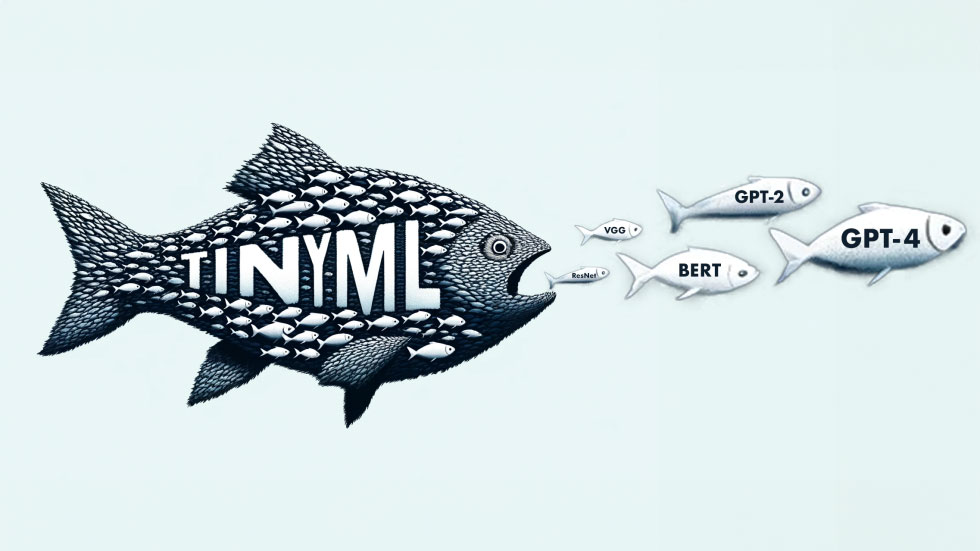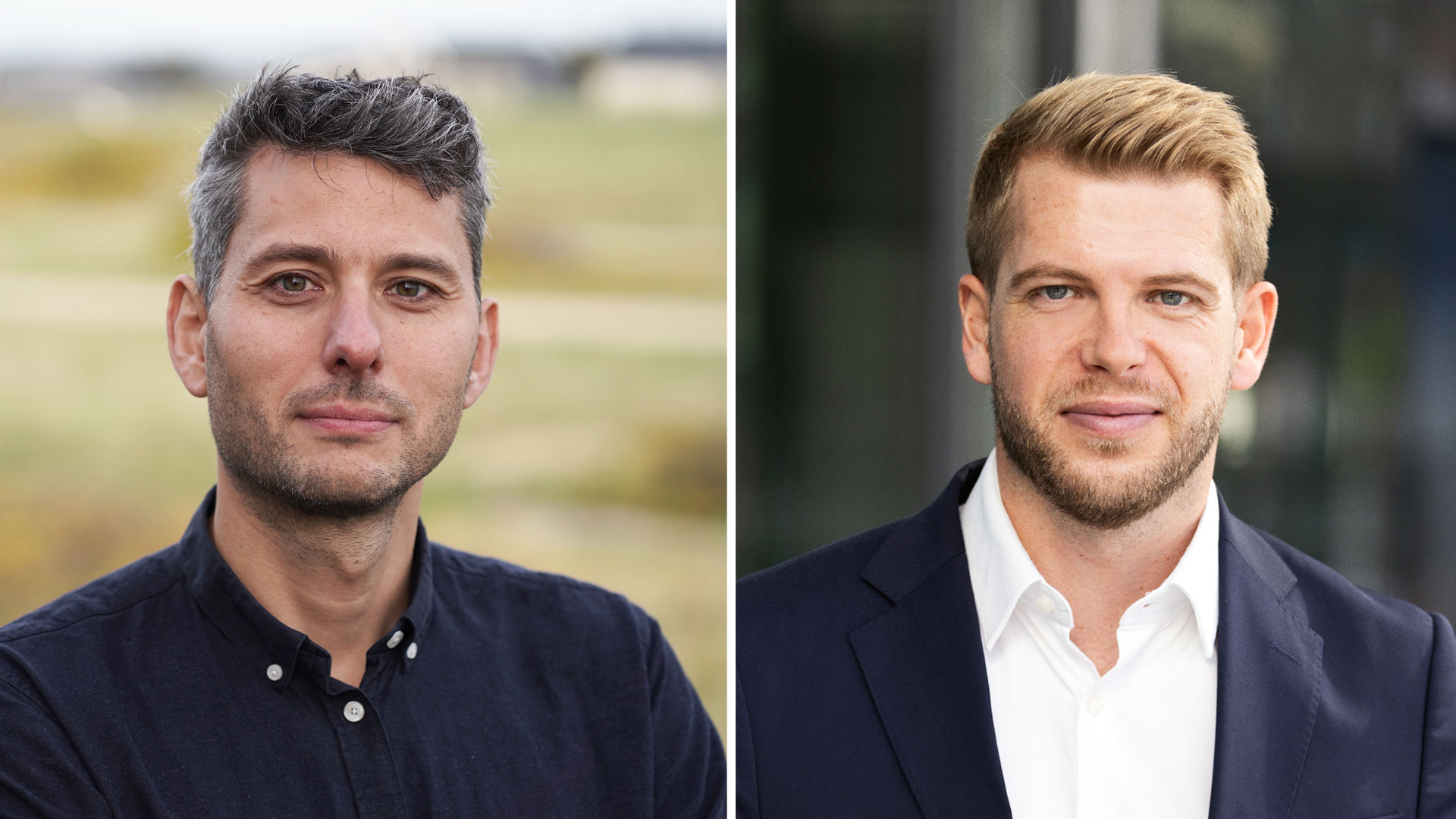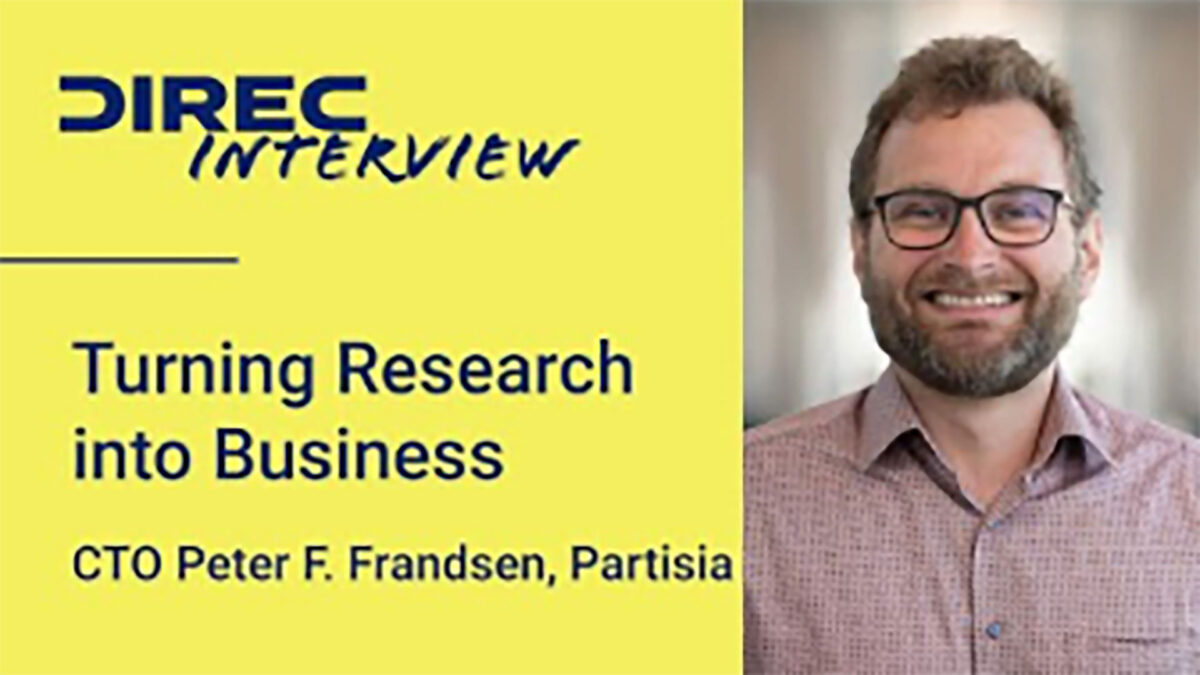23 September 2024
Danish researcher shapes the future of machine learning at Harvard
In recent years, the Danish researcher Emil Njor has emerged as a pioneering figure in the field of TinyML. At Harvard University, he has contributed to the development of a new generation of datasets for local machine learning models, capable of processing data in an environmentally sustainable way and without the need for an internet connection.

Imagine a future where artificial intelligence is no longer confined to powerful data centers or advanced computersnbut is embedded in everything from coffee machines to industrial sensors. This scenario could become a reality with the rise of TinyML, enabling advanced AI models to run on small devices without internet connectivity.
One of the leading figures in Danish TinyML research is PhD student Emil Njor from DTU. As part of the DIREC project “Edge-based AI Systems for Predictive Maintenance,” he is working on developing machine learning models that are so compressed and efficient that they can operate on very small computers – far more robust than systems dependent on both an internet connection and cloud services.
“When I first started at DTU, hardly anyone knew about TinyML. Today, there are three or four PhD students working in the field, and interest has exploded because it allows us to make devices intelligent without needing the internet or large amounts of energy,” says Emil Njor.
AI without the cloud
Emil Njor’s passion for TinyML is driven largely by its environmental advantages. Efficient local computers can help reduce resource consumption, making devices less reliant on continuous data communication with cloud servers.
“I’m trying to take a different approach from the large machine learning models that consume a lot of resources. Instead, we are trying to trim optimize models so they use fewer resources and can run more efficiently on small devices,” he says.
As an example, he points to weather stations that use microphones to measure rain or detect wind speed, rather than relying on traditional moving parts, which are prone to breaking.
“This is a highly sought-after solution, especially in developing countries where accurate weather data is scarce, and traditional weather stations are costly to maintain.”
Advancing technology at Harvard University
During his PhD, Emil Njor spent time at Harvard University, where he collaborated with American researchers to refine datasets and publish new studies to advance TinyML research.
“The datasets we’ve been using for years are often small, error-prone, and not reflective of real-world conditions. At Harvard University, we created a dataset that is 100 times larger and has significantly fewer errors than previous ones,” Njor explains.
Looking ahead, Njor sees vast potential for TinyML, particularly in applications where fast and reliable responses are needed without an internet connection. Self-driving cars are another excellent example.
“Cars need efficient sensors that can function without the internet, and TinyML can provide the processing power needed for quick reactions — for example, if a pedestrian suddenly crosses the road. This technology can make a real difference in practice, and that’s what motivates me,” concludes Emil Njor.
Interested in learning more about Emil’s work with TinyML? Explore the DIREC project Edge-based AI Systems for Predictive Maintenance.

Emil Njor, PhD student, DTU Compute






